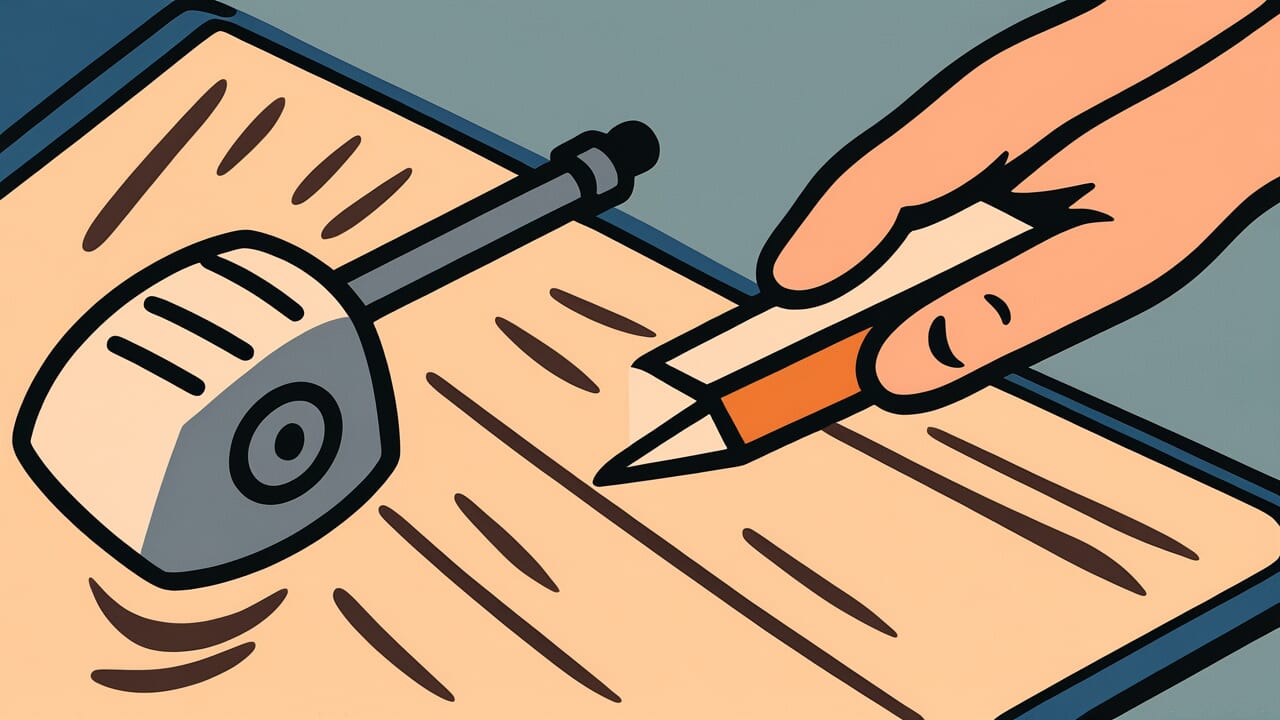How to Read “A needle on a wound”
Itai ue no hari
Meaning of “A needle on a wound”
“A needle on a wound” is a metaphor for adding more pain to someone who is already suffering. It describes situations where additional misfortune strikes while you’re still dealing with an existing difficulty or hardship.
This proverb is used when bad luck piles up or when someone already weakened faces another blow.
For example, it applies when financial problems arise while you’re sick, or when more bad news arrives right after a failure at work.
“A needle on a wound” is similar to “a bee to a crying face” in Japanese. However, this expression carries a more specific and urgent image of sharp pain being added to existing pain.
Even today, people use this phrase to express the harshness of situations where misfortunes accumulate or difficult circumstances get even worse.
Origin and Etymology
No clear written records explain the origin of this proverb. However, we can make interesting observations from how the phrase is constructed.
“A needle on a wound” visually expresses the double suffering of inserting a needle into a place that already hurts. Needles have been part of Japanese daily life since ancient times.
Everyone could understand their sharpness and the pain they cause from personal experience.
The expression “on a” (ue no) is particularly noteworthy. It shows that the needle’s pain is added on top of the existing “painful” state.
By saying “a needle on a wound” rather than just “a painful needle,” the phrase skillfully expresses how suffering layers and accumulates.
This expression likely emerged because many people shared the experience of misfortunes and hardships not ending at once but attacking one after another.
When you’re trying to overcome one difficulty, another trial arrives. This universal human experience is condensed into these simple words.
By using the familiar tool of a needle, the proverb becomes an excellent metaphor that anyone can relate to their own experiences.
Usage Examples
- Getting a termination notice from my company while hospitalized is truly a needle on a wound
- I was depressed about failing the exam, then my wallet got stolen too—this is exactly a needle on a wound
Universal Wisdom
“A needle on a wound” has been passed down through generations because it captures a universal phenomenon everyone experiences: the chain of misfortunes in life.
Human psychology has an interesting characteristic. When we face one difficulty, we become exhausted mentally and physically, and our defenses weaken.
When we’re in this vulnerable state, more bad luck seems to strike. This isn’t just coincidence.
There’s an aspect where our reduced attention and judgment make us more likely to attract new problems.
This proverb also suggests how human sensitivity to pain changes. The same level of difficulty feels many times more painful to an already wounded heart.
You might endure the first needle, but the second becomes unbearable. This is true not just for physical pain but for emotional suffering too.
Yet the very existence of this proverb proves that people have overcome such double and triple hardships.
Being able to put something into words means having the wisdom to view that experience objectively, share it, and overcome it.
When AI Hears This
A place that feels pain is actually where the brain’s attention is concentrated. This is the key point.
The brain has limited attention resources. When a strong signal like pain arrives, an attention spotlight shines on that area.
Then something strange happens. The entire neural circuit of that area switches to sensitive mode.
Neuroscience calls this “central sensitization.” Specifically, pain-transmitting nerves called C fibers and Aδ fibers become hypersensitive.
They start responding to weak stimuli that normally wouldn’t trigger a reaction. For example, clothing seams that don’t bother a healthy shoulder become unbearably painful on a sunburned shoulder. It’s the same phenomenon.
What’s more interesting is that the brain continues monitoring the painful area and amplifies signals from that location during processing.
In other words, even if the physical intensity of inserting a needle stays the same, the brain amplifies it like turning up the volume during processing.
The painful area becomes a “highest priority monitoring zone” for the brain. Additional stimulation there gets magnified many times before reaching consciousness.
This proverb wasn’t just expressing overlapping bad luck. It was describing a scientific inevitability created by the brain’s attention system and neural plasticity.
Lessons for Today
This proverb teaches modern people the importance of being considerate toward those in difficult situations.
When someone is suffering from one problem, they’re more fragile than you might imagine. We should avoid words or actions that pile on more pain at such times.
This reminds us of basic compassion in human relationships.
At the same time, it teaches us the importance of not pushing ourselves and securing recovery time when we’re in a “needle on a wound” state.
When facing one difficulty, avoid new challenges and focus on the problem at hand first. And if possible, have the courage to ask trusted people for help.
Modern society keeps throwing new challenges at us, but we don’t need to handle everything simultaneously.
It’s important to calmly assess your current state and set priorities. And when people around you are suffering, let’s have the warmth to watch over them without adding more burdens.



Comments